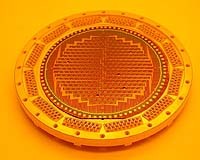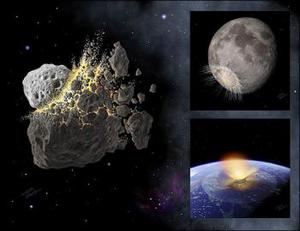
|
| ©Space Daily |
| Large Bolometer Camera (LABOCA) array wiring side. |
Space is a vast expanse which hides deep within its depths the secrets behind how the first galaxies emerged from the Big Bang. Now thanks to the world's largest bolometer camera constructed and operated by a collaborative European consortium, these secrets will slowly begin revealing themselves to scientists worldwide.





Comment: For a good understanding of the Bible and what the real history of the Israelite people were in the times around 900 BC, read the book by Laura Knight-Jadczyk: The Secret History of the World